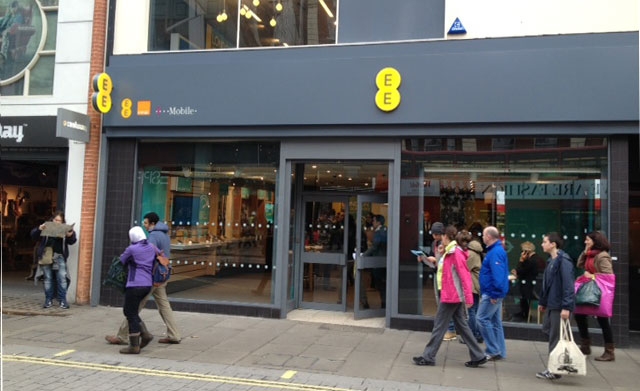Business and Economy
8 Ways Retailers Fool You Into Spending Money
Pranksters everywhere have their calendars marked for April 1st. It’s the one day each year when their shenanigans are not just tolerated, but actually encouraged. While tricksters may be reserving their arsenal of hijinks for April Fools’ Day, your favorite retailers are fooling you year-round.
As it turns out, there are a number of subtle, sneaky tricks they use to get you to spend more money. The recent “honest pricing” strategies by Stubhub and JCPenney have mostly been flops, but there are some tactics that are so well masked, consumers actually appreciate them. If you’re tired of getting tricked, watch out for these eight ways retailers fool you into spending money.
1. Go Ahead, Touch It
It’s always nice to get the chance to try a product before you buy it, but those in-store demos aren’t just for your convenience. Studies have found consumers who touch products are more likely to pay more for those products than consumers who don’t touch them. This strange effect is likely caused because once you touch an item, you feel a greater sense of ownership. To counter this trick, stick to window shopping until you’re certain you’re ready to buy.
2. Overwhelm the Senses
Have you ever walked into a store where the music or fragrance was too overwhelming to stand? Then you’re probably not the customer they’re looking for, anyway.
In addition to touch, retailers tap into your other senses to create an atmosphere you identify with. This creates an emotional connection to the particular brand, enticing you to buy more and stay loyal. While stores won’t turn down the tunes, be aware of the environment you’re shopping in to better control buying decisions.
3. Buy Now or Miss Out
Retailers know tapping into your emotions is powerful, and urgency is another one that’s easily exploited. While they might make you think it’s the absolute final chance to shop at rock-bottom clearance prices, it rarely is. Sales are meant to do exactly what the name says: drive sales.
To know if you’re really getting the best deal, keep a coupon app such as Coupon Sherpa handy. This allows for easy in-store comparisons to see if another retailer has an offer that can beat the so-called “sale.”
4. Turn Your Lights Down Low
If the dressing room at your favorite store always makes you look amazing, it’s not an accident. Many retailers will manipulate the lighting so you feel better about your appearance. Dim lighting can make you appear thinner and more tan, while the angle of the mirror can also artificially slim your figure. Before you buy, get a second opinion from a mirror on the sales floor. The lighting there is usually more true to life, and may reveal some previously unseen issues.
5. Bundles Are Better
Bundled services aren’t always the steal they seem like. Instead, bundles can cause you to order services you never would’ve otherwise, and are often offered at temporary promotional prices. When the promos run out you’re stuck paying a premium. Avoid this trap by only subscribing to services you use. Carefully monitor the terms of the promotion so you can call and cancel before the rate hike. For more tips on getting the best bundle, check out this article from Consumer Reports.
6. Ads That Stalk
Living in an Internet-savvy society has made us all acutely aware of spammy sales tactics. However, targeted advertising is one of the most common tricks that goes unnoticed. By tracking your browsing history with cookies, retailers can fill ads with the very products you’ve already viewed online. Mashable offers a few advanced tips to eliminate ads, with clearing your search history and cookies after each browsing session as a good starting point.
7. Discriminatory Pricing
Another one of the most powerful tools retailers have to trick you into spending more is called dynamic pricing. It’s the practice of adjusting prices based on consumer and market behavior to capture more customers.
That means the price you saw on a microwave when you left for work in the morning could be completely different by the time you get home at night. Luckily you can use this tactic to your advantage by creating price alerts for specific products with a site like PriceGrabber to notify you when prices reach their lowest levels.
8. Better By Comparison
It’s tough enough to compare apples to oranges, let alone apples to oranges to bananas. Wait, what? A common sales tactic is to introduce a third, mid-range product when you’re comparing the high and low end. This encourages shoppers who would’ve paid the lowest price to spend a little more for the perceived superior quality of the mid-range product. Don’t let yourself get duped by reading reviews and studying specs online before you go to the store. That way you know exactly which product offers the best value.






















